| Sorted by date | |||
page187from Building Ideas
Prepare the individual ego for the
relations of domination within society, and to repress the individual instinct
for freedom and liberation.
In
Freud these repressed desires re-emerge in alternative guises, such as in dream
images, “Freudian” slips of the tongue, or, more seriously, in neuroses. In
Eros and Civilisation Marcuse attempted a psychoanalysis of capitalism,
identifying what he called a repressed life-impulse(“eros”) forced into the
service of capitalist production. This was a more general application of what
Weber had described as the Protestant work ethic behind the success of
capitalism, but it carried with it the implication that repressed desired might
once again be unleashed. The realm in which these desires could be expressed
was, for Marcuse, that of artistic activity, where images of a non-repressive
society might yet inspire the kind of revolution needed to fulfill them. As he
wrote, quoting Adorno, on art as a realm of critique:
Art
is perhaps the most visible ‘return of the prepressed’, not only on the
individual but also on the generic-historical level. The artistic imagination
shapes the ‘unconscious memory’ of the liberation that failed, of the promise
that was betrayed. … Art opposes to institutionalized repression ‘the image of
man as a free subject; but in a state of unfreedom art can sustain the image of
freedom only in the negation of unfreedom’.19
This positive conclusion on the function of
art in the Frankfurt School’s thinking on ideology was further supported by
Marcuse’s later book The Aesthetic Dimension which was published in 1978, the
year before his death.
Ideology in France – Althusser, Foucault and Debord
On the more recent attempts to come to
terms with ideology, not all have remained faithful to Marx’s thinking – in
particular the work of the French philosopher Michel Foucault, who was a
student of Louis
|
|||
|
|||
|
|
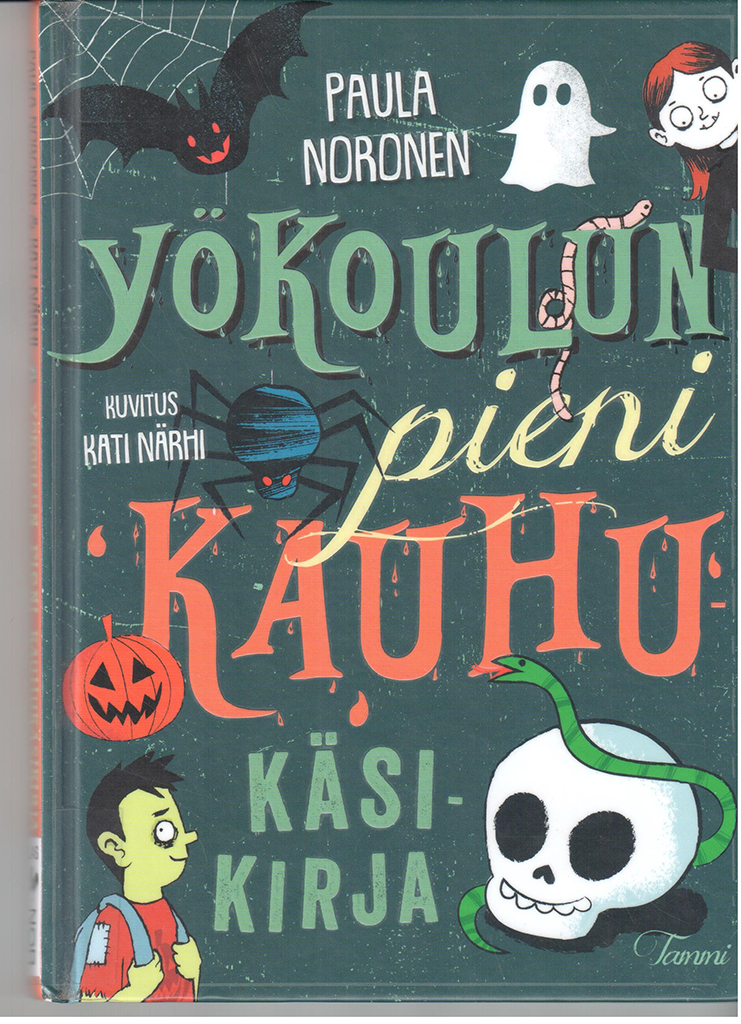 ... ...
... ...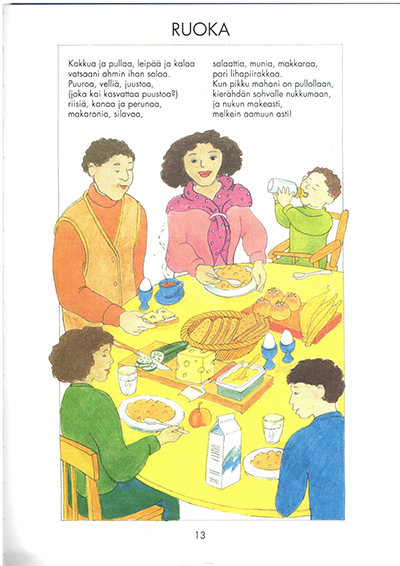 ... ...
... ... ... ...
... ...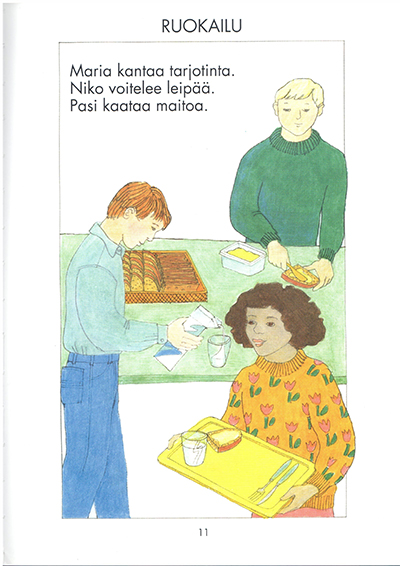 ... ...
... ...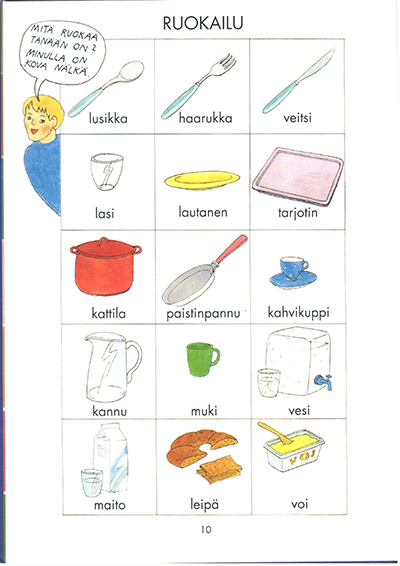 ... ...
... ...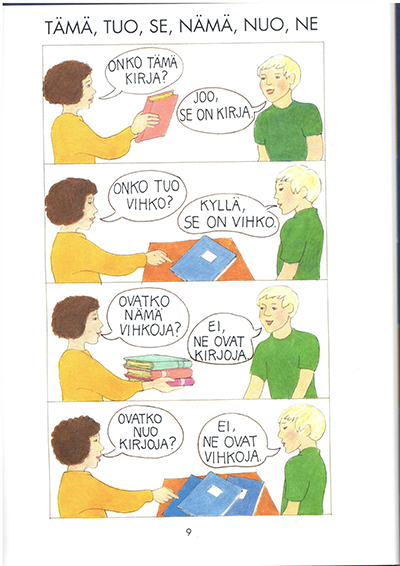 ... ...
... ...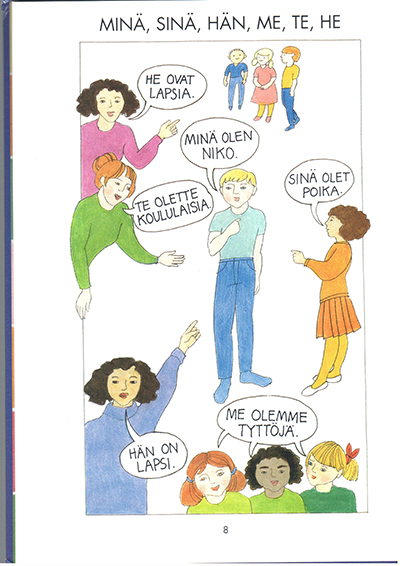 ... ...
... ...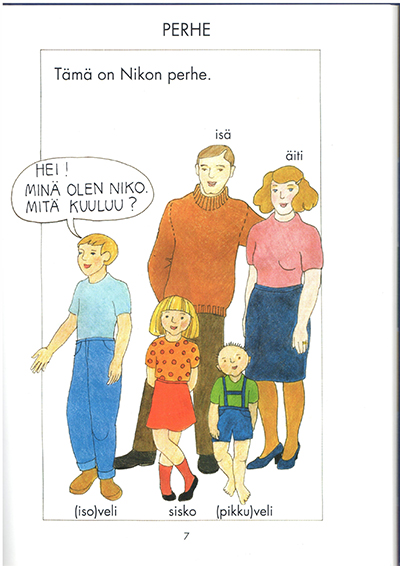 ... ...
... ... ... ...
... ...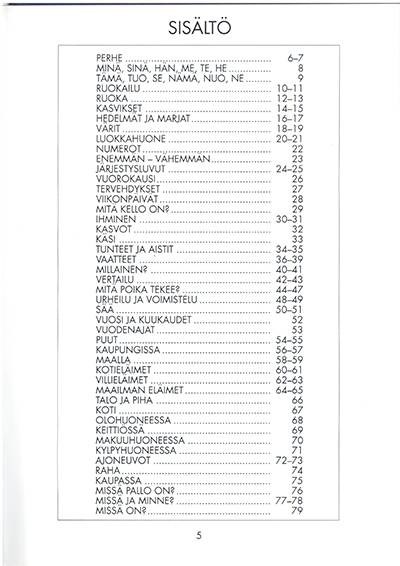 ... ...
... ... ... ...
... ... ... ...
... ...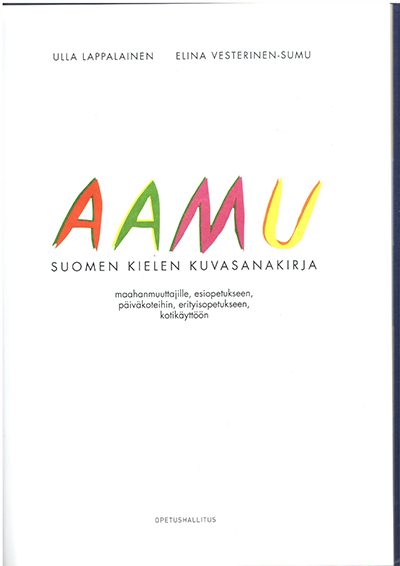 ... ...
... ...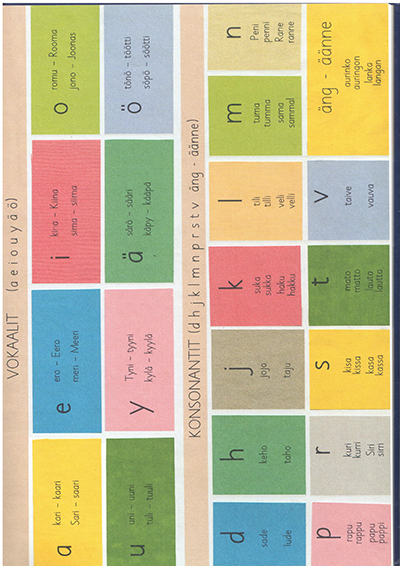 ... ...
... ...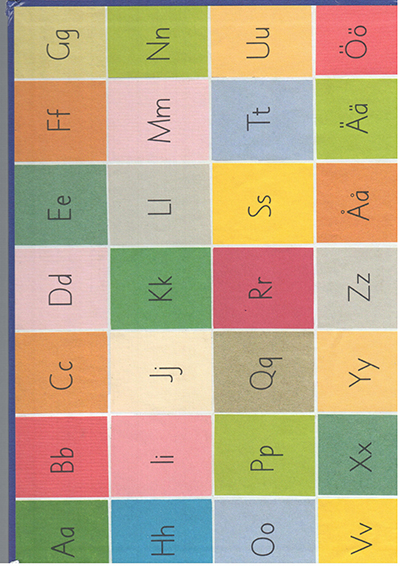 ... ...
... ...